Search
Remove Ads
Advertisement
Summary 
Loading AI-generated summary based on World History Encyclopedia articles ...
Search Results

Definition
State of Nature
The state of nature is an idea which became especially popular with certain philosophers during the Enlightenment, notably Thomas Hobbes (1588-1679), John Locke (1632-1704), and Jean-Jacques Rousseau (1712-1778). It refers to a state of existence...
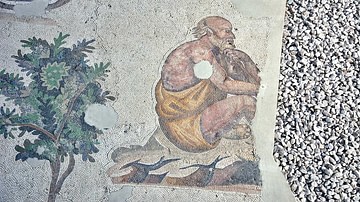
Article
Gorgias' On Nature (On the Non-Existent)
Gorgias of Leontini (l. c. 427 BCE) was a famous Greek Sophist who claimed that nothing exists and, even if it does, its nature cannot be understood and, even if it could be, one is not able to communicate that understanding to another person...
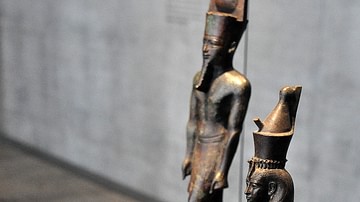
Article
Egyptian Gods - The Complete List
The gods and goddesses of Ancient Egypt were an integral part of the people's everyday lives for over 3,000 years. There were over 2,000 deities in the Egyptian pantheon, many whose names are well known - Isis, Osiris, Horus, Amun, Ra, Hathor...

Image
Title Page, Treatise of Human Nature
The title page of Treatise on Human Nature by the Scottish philosopher David Hume (1711-1776). A key text of the Enlightenment, it was first published in 1740. The quote from Tacitus reads: "It is the rare happiness of these days that one...
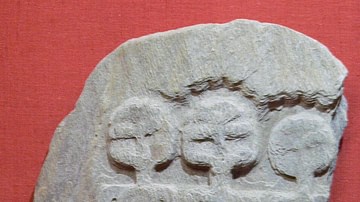
Image
Triad of Deities, Cleveland Walk Plaque
A plaque discovered on the Cleveland Walk, Bath, perhaps showing a trio of goddesses. Perhaps Celtic, although made during the Roman period. (Roman Baths Museum, Bath)
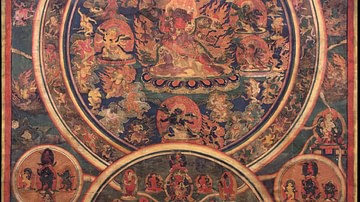
Image
Peaceful & Wrathful Deities of the Bardo
Peaceful & Wrathful Deities of the Bardo, ground mineral pigment on cotton, Tibet, 18th century.
Rubin Museum of Art, New York
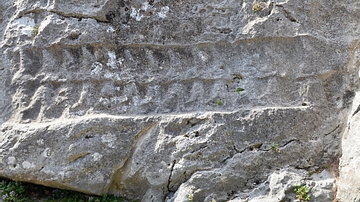
Image
Rock Relief with Procession of Hittite Deities at Yazilikaya
Rock relief in Chamber A of the Yazilikaya Hittite Sanctuary (13th century BCE) near Hattusa depicting a procession of male deities. They all wear shoes curling up at the toe, and many are armed with either a sickle-shaped sword or a mace...
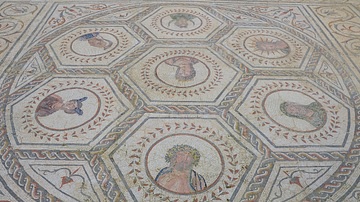
Image
Mosaic with Busts of the Planetary Deities, Italica (Spain)
Mosaic in the House of the Planetarium in Italica (an archaeological site located in modern-day Santiponce, 9 kilometres (5.5 miles) north of Seville in Spain) with busts of the planetary deities who gave their names to the days of the week...
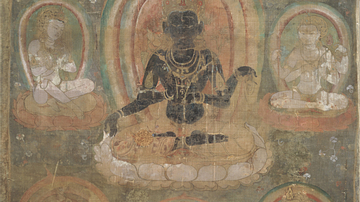
Image
Deities of the Padmakula Mandala
Deities of the Padmakula Mandala; Dunhuang, China; period of Tibetan rule (781–848 CE); pigments on silk; 35 1/4 x 23 5/8 in. (89.6 x 60 cm); Musée des arts asiatiques – Guimet, Paris; Mission of Paul Pelliot, 1906–1908 CE; EO1131; photograph...
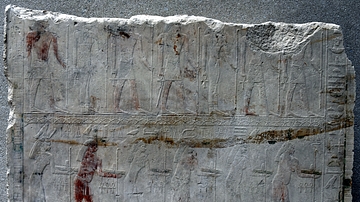
Image
Relief of Deities from the Funerary Temple of Sahure
Limestone relief showing a procession of deities. Painted. From the funerary temple at the pyramid complex of Sahure in Abusir, Egypt. Old Kingdom, 5th Dynasty, 2496-2483 BCE. On display at the Neues Museum, Berlin, Germany.